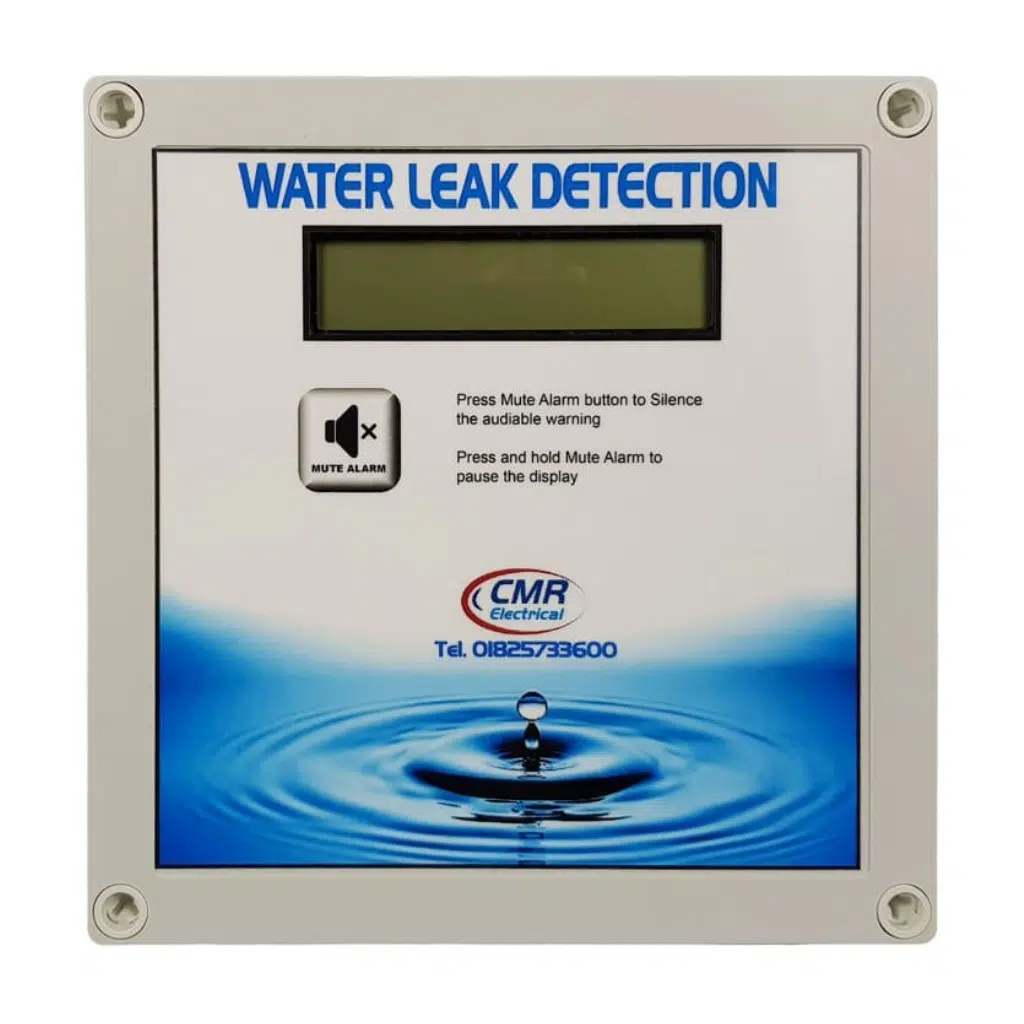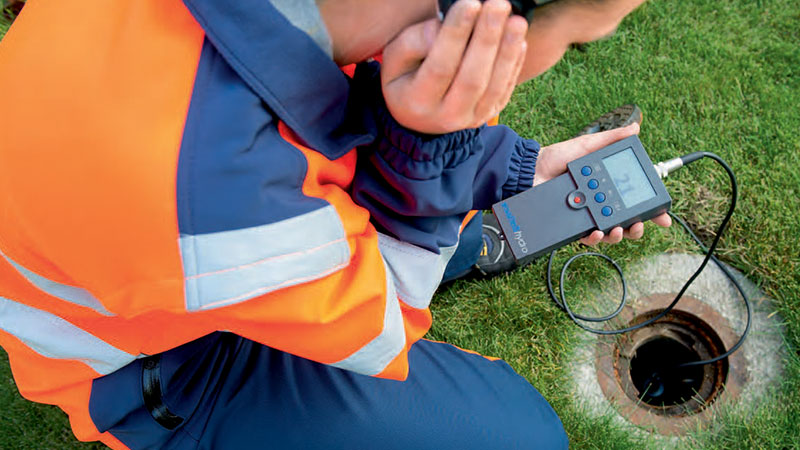Innovative Solutions for Early Detection of Water Leaks in Buildings and Facilities
As the honesty of buildings and framework is critical, the obstacle of early discovery of water leaks has stimulated cutting-edge options that promise to change the way we guard against prospective problems. From sophisticated leakage detection innovations to the release of IoT sensors for real-time tracking, the landscape of leakage prevention is progressing rapidly. Artificial intelligence algorithms use a glimpse into the future of leakage forecast, while thermal imaging offers a non-intrusive method for determining covert leakages. Automated water circulation evaluation systems are reshaping how leakages are identified and attended to, leading the way for a proactive technique to water leakage discovery. Each of these solutions holds the crucial to making certain the reliability and longevity of our developed atmosphere, triggering a change towards a much more lasting and reliable future.
Advanced Leakage Discovery Technologies
Advanced leak discovery technologies, furnished with cutting-edge sensing units and formulas, play a critical role in promptly recognizing and identifying water leaks in different setups. These innovations use a mix of acoustic, thermal, and electromagnetic picking up methods to discover leaks accurately. Acoustic sensing units find the noise of leaving water, allowing for exact localization of the leak source. Thermal imaging detects temperature level modifications caused by water leak, giving one more efficient method for leakage recognition. Electromagnetic sensing units can determine changes in electro-magnetic areas caused by water, supplying yet an additional layer of leak discovery ability.

IoT Sensors for Real-Time Tracking
In the world of modern-day water leak discovery, the assimilation of IoT sensors for real-time monitoring represents an essential innovation in enhancing proactive leak discovery capabilities. These sensing units supply constant monitoring of water supply, supplying real-time information on water flow prices, stress variations, and temperature adjustments. By leveraging IoT innovation, these sensors can discover also the tiniest anomalies in water use patterns, allowing very early identification of possible leaks prior to they intensify into significant issues.
IoT sensors transmit data to a centralized system, where advanced formulas assess the details and generate signals or alerts when abnormalities are detected. This real-time monitoring capacity permits homeowner or facility managers to quickly deal with leaks, minimizing water damages, minimizing repair service prices, and saving water resources.
Furthermore, IoT sensing units can be integrated with building monitoring systems, enabling computerized actions to identified leakages, such as shutting off water shutoffs or triggering pumps to reduce the influence of leakages. On the whole, the execution of IoT sensors for real-time monitoring significantly improves the efficiency and performance of water leak discovery in structures and facilities.
Maker Knowing Algorithms for Leakage Prediction

One key benefit of making use of maker understanding for leak prediction is its ability to continuously learn and boost its precision in time. As even more data is collected and fed right into the formula, it can fine-tune its predictions and adjust to changing problems, eventually raising the dependability of leak discovery systems.
Additionally, artificial intelligence algorithms can aid in determining refined indications of leakages that may go unnoticed by traditional tracking methods. water leak detection. By examining complex information embed in real-time, these algorithms can give very early warnings and informs, allowing for timely treatment and preventive maintenance to minimize potential water damages and connected prices
Utilizing Thermal Imaging for Leak Discovery
Thermal imaging innovation uses an encouraging strategy for spotting water leaks in various systems and facilities. By using infrared radiation and temperature variations, thermal imaging cams can determine concealed leakages that are not quickly visible to the nude eye.
Among the vital benefits of thermal imaging for leakage discovery is its non-intrusive nature. Unlike standard techniques that may require breaking into walls or floors to situate leaks, thermal imaging permits non-destructive testing. This not just saves time and lowers prices however also lessens disturbance to the building or infrastructure being examined. Furthermore, thermal imaging can rapidly scan large locations, supplying a view detailed summary of possible leakage sources in a timely fashion. Generally, the use of thermal imaging technology boosts the effectiveness and accuracy of water leakage discovery, making it a useful tool for keeping the stability of buildings and frameworks.
Automated Water Flow Evaluation Systems
Exactly how can automated water circulation analysis systems reinvent the detection and administration of leaks in different systems and infrastructures? Automated water flow evaluation systems provide an aggressive approach to leakage detection by constantly keeping track of water circulation rates and patterns. By establishing standard information, these systems can rapidly identify inconsistencies that might indicate a leak, making it possible for prompt intervention to stop comprehensive damages.
These systems use innovative algorithms to evaluate real-time information and provide instant informs when abnormalities are discovered, enabling speedy activity to be taken. Additionally, automated water circulation evaluation systems can be incorporated with building management systems or IoT platforms, enhancing general performance and making it possible for remote monitoring capabilities.
Furthermore, the data collected by these systems can be made use of for anticipating upkeep objectives, aiding to determine prospective powerlessness in the facilities before leaks take place. Overall, the execution of computerized water circulation analysis systems can dramatically boost leak detection and management methods, eventually resulting click to read more in cost financial savings, minimized water waste, and enhanced sustainability in buildings and framework.

Final Thought
In final thought, the integration of innovative leak detection technologies, IoT sensors, artificial intelligence algorithms, thermal imaging, and automatic water flow analysis systems provides innovative services for early detection of water leaks in buildings and facilities. These innovations allow real-time tracking, prediction of leaks, and reliable discovery approaches to stop water damages and waste. Carrying out these remedies can assist in preserving the integrity and over here sustainability of water systems in numerous setups.